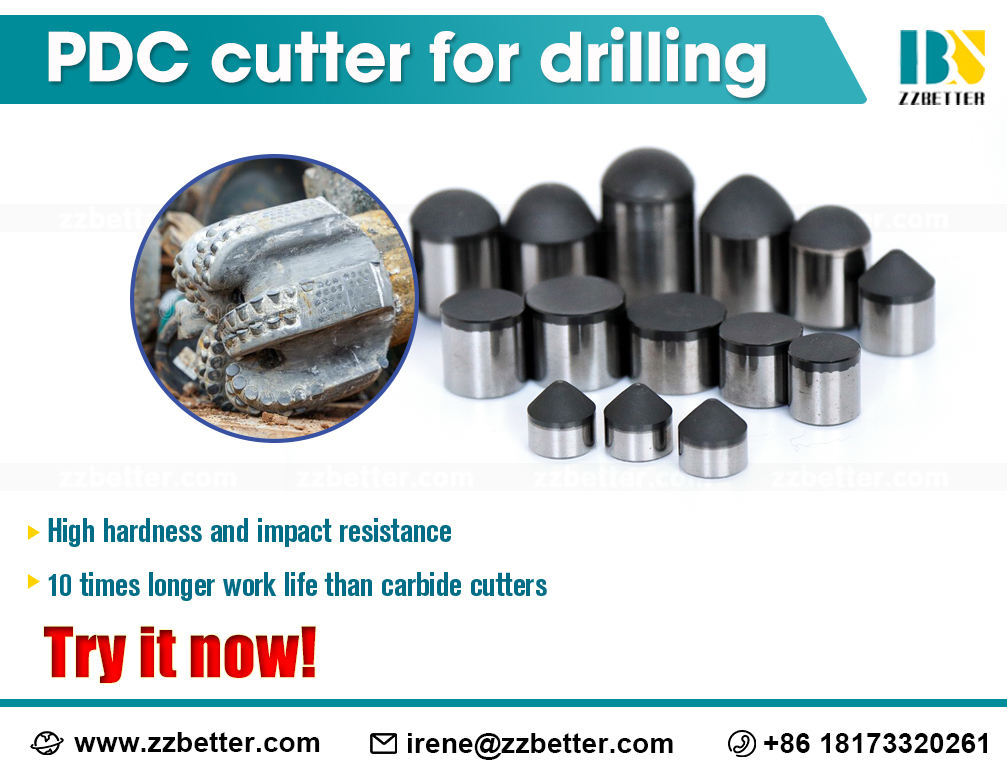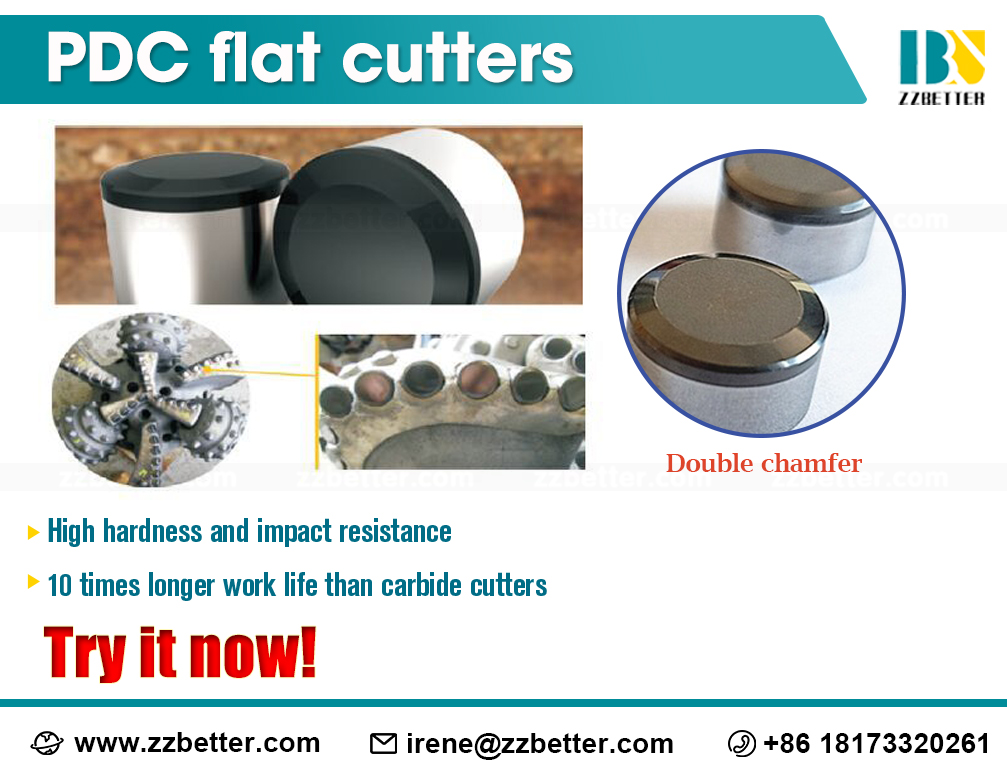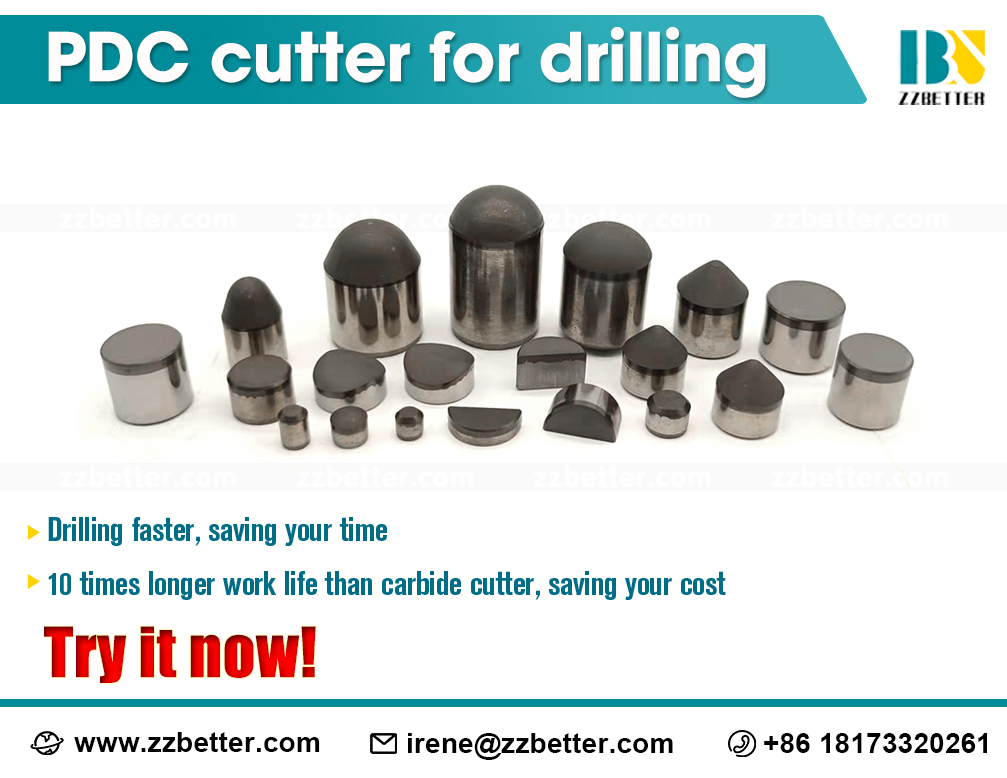Polycrystalline Diamond Cutters (PDC) Improvements
Polycrystalline Diamond Cutters (PDC) Improvements

With the development of the stable bit, efforts could be concentrated on improving the PDC cutters in the 1990s. The understanding of the role residual stress played in PDC cutter performance and how to measure and manage it was coming into its own in the early 1990s. A typical solid model is shown below.
Much of this work was driven by the bit companies' efforts with the PDC suppliers in a very competitive market. It took several years to go from the initial non-planar interfaces (NPI) cutter in 1984 to the situation that multiple users and suppliers were willing to entertain the idea of “designer” cutters, or signature cutters, and deal with the effects it presented to the market.

Many improvements of the diamond table were introduced from the 1990s and up to today, which have raised the durability, wear resistance, consistency, or extended the application range of PDC bits. PDC Cutters with diamond tables over 4mm thick were introduced.
These had the durability to extend the life of the bits through interbedded formations. A peripheral ring of diamond on the outside of a non-planer interface became a popular and near-standard feature on many cutters used recently.
Highly engineered application-specific “signature” cutters are now the norm for many bit companies. Being able to tailor the performance of the cutters through managing the residual stress, load-carrying capacity of the cutter, table thickness, wear resistance, etc. allowed for application-specific cutters to be utilized in particular parts of the bit to optimize the performance. Application-specific cutters are now commonly utilized all over to optimize the bit for a given type of drilling, formation, or application.
Improvements in chamfer technology and the use of multiple chamfers, patented by Hughes in 1995 became widespread in the mid-1990s. When properly utilized, the fracture resistance of a cutter during drilling increased by 100% with a corresponding significant increase in a bit’s durability and length of the run.

Another innovation was the introduction of a patented polished cutter for drill bits by Hughes in 1995. Research in the laboratory had shown a marked reduction in friction of the cutter in certain formations, and this was proven in full-scale drilling tests and field trials. Bit performance was measurably improved, and this feature is still widely employed.
New entrants in the market of high-quality PDC cutting teeth, as well as major drill companies, continue to lead the reform and innovation of Innovative materials and production processes so that the performance of PDC cutting teeth and PDC drill bits can be continuously improved.
For maximum service life and to expand the drilling efficiency in deeper depth and all rock formations, the ZZbetter PDC cutter is the ideal choice. These tools work well across all types of applications and are easy to braze. It also has high thermal stability and are very good for drill bit refurbishing.
If you are interested in PDC cutters and want more information and details, you can CONTACT US by phone or mail at the left, or SEND US MAIL at the bottom of the page.






















